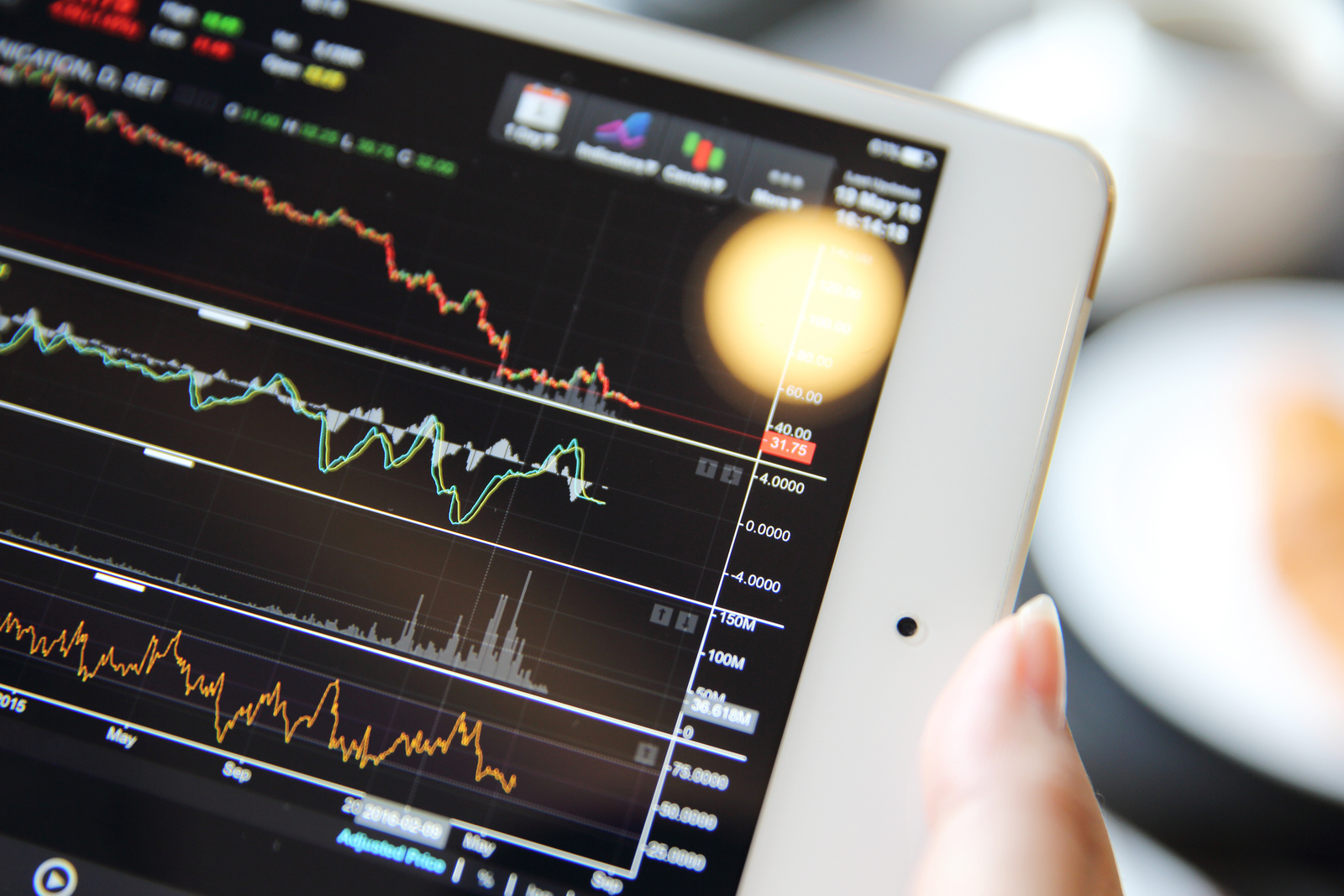I have been trading for the past 40 years. Started of as a floor trader on the BSE and today I am using algorithms and the highest technologies to trade. Some things have definitely changed, but the core elements of trading still remain true.
Trading has the following elements
a. Some good methodology to define tradable setups in the market.
b. Handling the stress when one is in the trade. This includes mindset and money.
c. The exit.
We have to be able to handle all the three to trade successfully. If you look at it though, you will find that the first and the third can be outsourced. But the second element has to be managed all by yourself.
MwCKN, CFO Gains, Neotrader are services and tools that we at Chartadvise present to solve the first requirement. The same set also gives you the third. We also provide you with Training so that you can independently do all the three requirements. So lets look at requirement ‘b’ here.
Handling Stress in trading.
The question to really ask is what creates Stress while in a trade. Stress is not just connected with losing trades alone-it is also in winning trades, for, anxiety with profits of winning trades can also cause stress! If you really examine, stress boils down to a one main aspect- the size of your position. This will impact how you feel, the amount of discipline you can bring and consequently, your returns.
Now positions taken can be too small, too large or just right. People who are inherently structured to avoid risks in all situations will do so in the market as well. Hence they are (mostly) the people who take very small positions- buy shares in very small lots (seldom exceed 100) and never engage in short selling (most don’t even know about it) and avoid F&O as though it was plague!
Those who risk too low will also have very low performance. In the market you reap what you sow. If you buy 10 shares and stock doubles, you have made 100% no doubt but the absolute quantum of money you make will be very low. When measured against the funds available, the returns will be abysmal.
It is not just returns that get hit with low allocation. When you trade really small you stop paying attention to the position (because you know it cannot damage you in any way). This leads to carelessness; it will lead you to let your position run against you further than usual; it makes you complacent and bored. Etc. This impacts decision making and the trading process (if you have one) is not well executed.
On the other extreme is when too much risk is taken with a much larger position than what you can handle. Things are great when you win but when matters go against you then threat responses start getting activated in your mind. Emotions begin to run high and stress picks up swiftly. Worry, then fear, shows up. When these are running speedily within your mind, decision making and trading process once again goes for a toss. Execution suffers.
So where is the sweet spot? Right in the middle somewhere of course. This is where profit maximisation and strategy execution are in balance. How do we find this? Only two ways- Trial and error for some and for others, research and modelling.
A simple rule of the thumb is to do a deep dive into how you feel about the positions that you have. If they are creating anxiety then you are trading too big. If you are comfortable then you may be at a sweet spot. If you are not really bothered, then it is possible that you are trading small. You are the best judge of the size of your positions
Bigger positions (than what is allowed as per your capital) will affect your trade management. You will not hold the trade to the target because the swings in the P&L are too enticing for you to ignore. Also you may not stop at the price you should because you don’t want to book that loss.
A sweet spot is dependent on factors like·
- Market liquidity and volatility.·
- Risk tolerance·
- Strategy·
- Current P&L·
- Experience and skill level of the individual·
- Level of market risk or event risk.·
- How many positions you hold etc.
Market condition is a very important element. For example most traders were having a good run from October till Jan/Feb. But March has been a very difficult month as volatility increased. While a particular Strategy remains the same , suddenly, focus came to current P&L, totally overlooking the fact the past few months of profits. Global events started impacting and that is something difficult to gauge for most people. As profits didn’t accrue like they used to, risk tolerance dropped and in a volatile market that creates problems.
At all times Traders should be aware of the market conditions they are trading in and their own tolerance for risk, uncertainty and losses, such that they are more able to size their trades in a way that captures the market opportunity, ensures good execution and discipline is possible, and that they are able to take and recover effectively from any potential losses.
Visit neotrader.in to learn more!
CALL US: 8779800688 / 8779639189 / 9372325599 Or
Email Us: support@chartadvise.com

